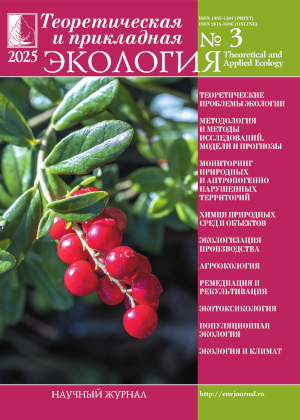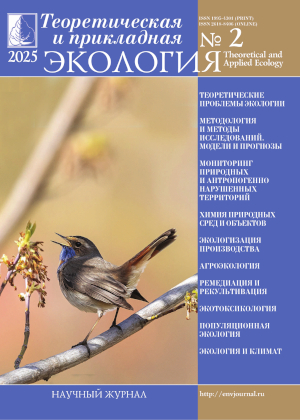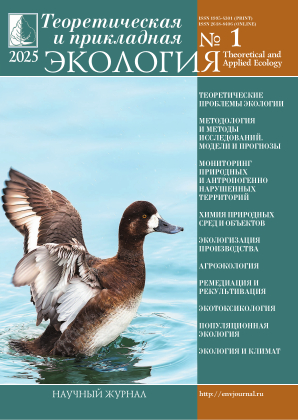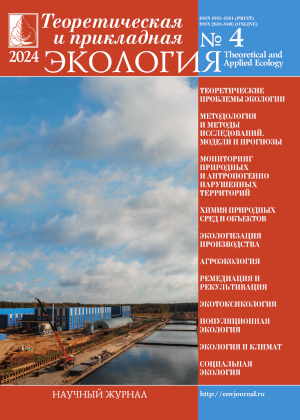 ISSN 1995-4301
ISSN 1995-4301(Print)
ISSN 2618-8406
(Online)
Online version of the journal
|
Assessment of the aquatic ecosystem status using the new integral age index |
||||
| I.V. Germashev, E.V. Derbisher, A.I. Novokshchyonova, V.E. Derbisher | ||||
| Section: Methodology and research methods. Models and forecasts |
||||
| Using an integral ecological indicator (index) of aquatic biocenoses calculated using fuzzy mathematics methods, the state of selected reservoirs in the Volga-Akhtuba floodplain Natural Park of the Volgograd region was analyzed. Four-year observations of several reservoirs were taken as initial data. As a result of these data analysis, a fuzzy model was proposed that allows estimating changes in the succession age based on a number of aquatic plants indicators. The model relies on fuzzy numbers, which make it possible to take into account ncertainties and inaccuracies already during calculations; and for the obtained results, having a known level of uncertainty, to carry out their adequate interpretation. The originality of the research method lies in determining the age characteristics of phytocenoses of water bodies in fuzzy conditions using the index of the full succession age. Water quality assessment serves as the basis for information support for monitoring environmental changes occurring in natural and artificial aquatic biocenoses in order to take measures to reduce the degradation of water bodies. The proposed integral method for determining the age stages of succession of aquatic biocenoses, together with laboratory and (or) field studies, allows for a quantitative analysis of environmental situations, building mathematical models of them. The above method can be a computational element for monitoring changes in the ecological state of water bodies. The proposed integral approach has a universal character and can be used to solve environmental problems related to the analysis of results expressed in fuzzy numbers. | ||||
| Keywords: biocenosis, reservoir, the age stage of succession, water quality, monitoring, fuzzy model |
||||
| Link | ||||
| Article published in number 1 for 2025 DOI: 10.25750/1995-4301-2024-4-040-048 |
||||
|
|
36, Moskovskya street, Kirov, 610000, Editorial Board "Theoretical and Applied Ecology." Phone/fax: (8332) 37-02-77 e-mail: envjournal@vyatsu.ru The journal was founded in 2007 |
||||||




 Select viewing options
Select viewing options